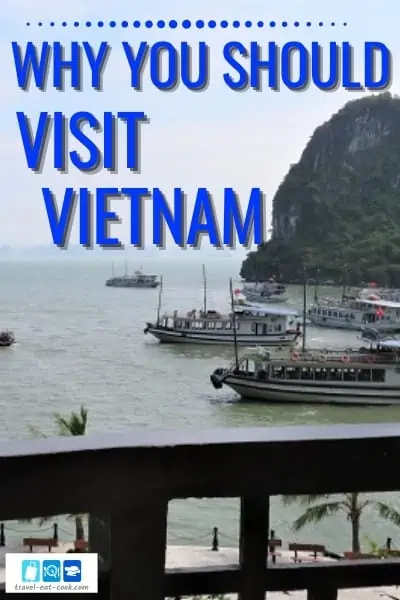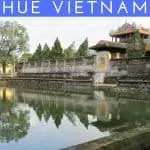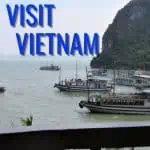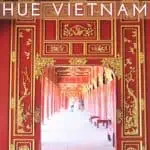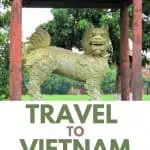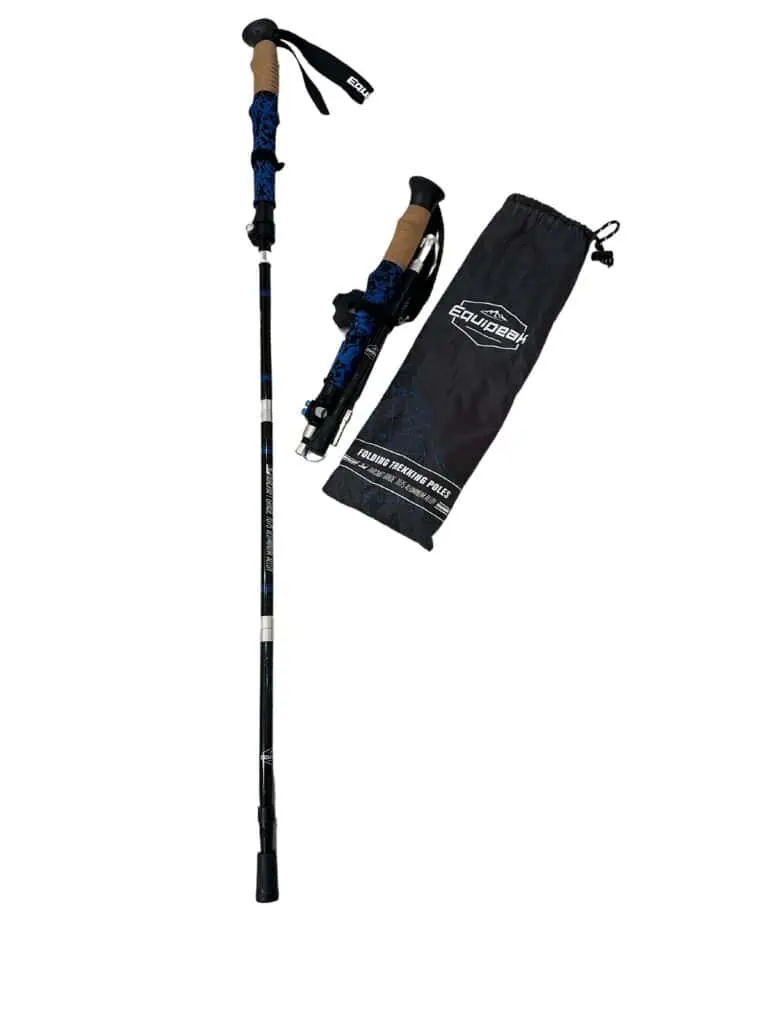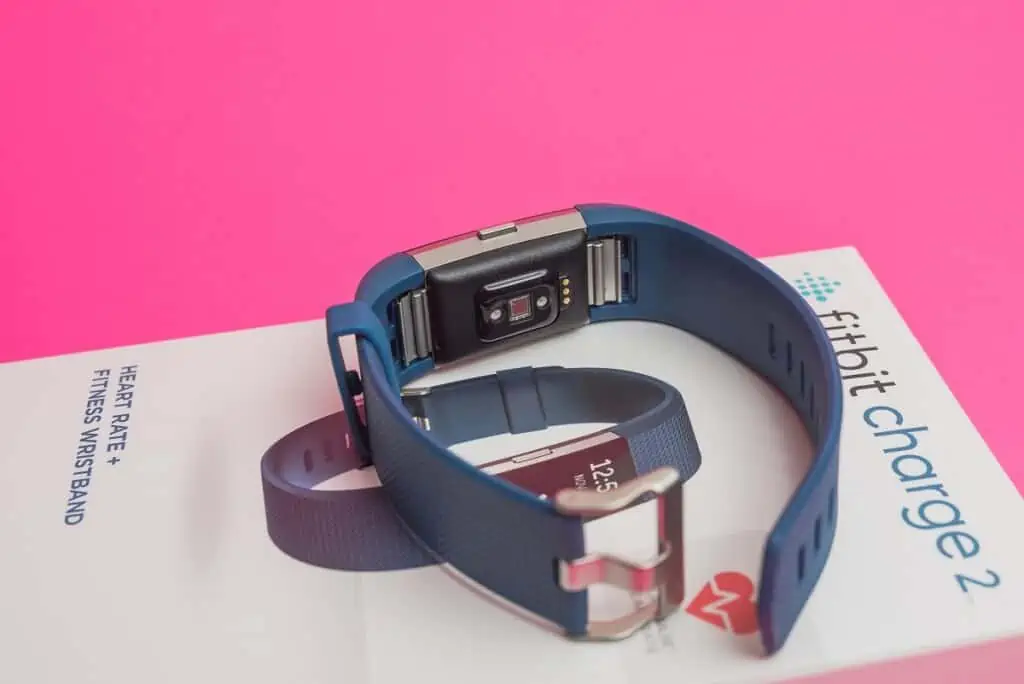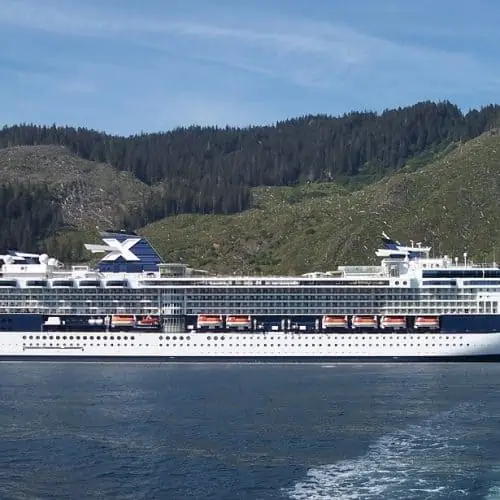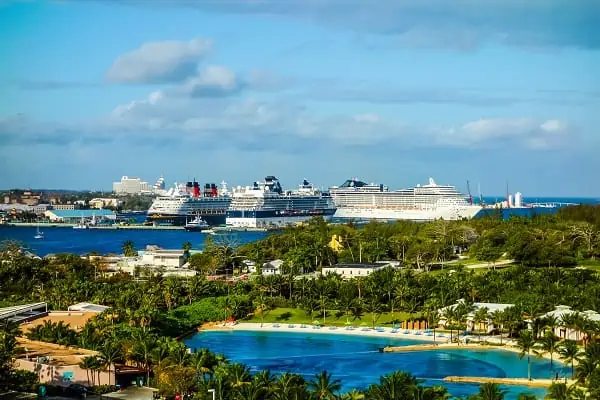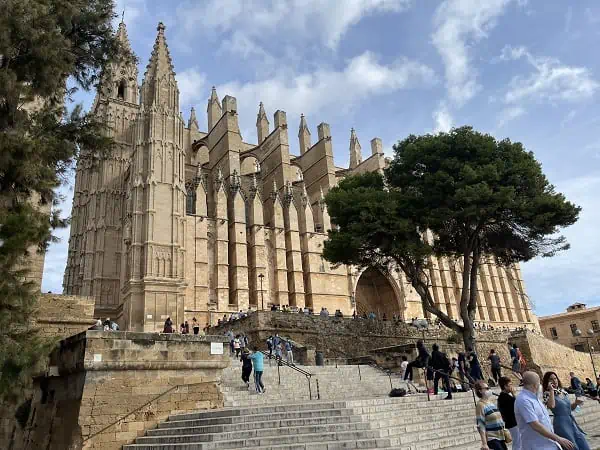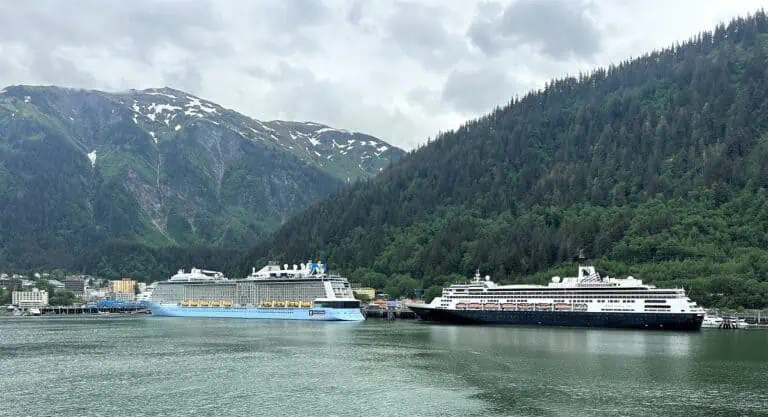The Best Way To Visit Vietnam On A Cruise
Updated 09/2022
This post is part of a series on what to do when you have one day in port on a Cruise. You can find more posts from this series on my page, How To Spend One Day In Port.
The cruise makes three stops in Vietnam: Halong Bay (overnight), Chan May (for Hue or Da Nang), and Ho Chi Minh City, aka Saigon. From Vietnam, we continue on to Thailand and Singapore.
This article may contain affiliate links. We may earn a commission if you use these links to buy products or services. Please see our disclosure policy for full details. Thanks.
After a whirlwind time in Hong Kong, we get ready to head for Southeast Asia. We visit Vietnam on a cruise. Celebrity Cruises is our cruise operator of choice, and we sail on the Millennium for this cruise.
1 Day In Port: Halong Bay, The First Stop On Our Visit Vietnam Cruise
Halong Bay is the jumping-off point from the cruise to Hanoi. Most Americans will head for this city as Hanoi is the longtime capital of Northern Vietnam and now the whole of Vietnam.
Hanoi is famous (or should I say infamous) for the “Hanoi Hilton” – the euphemistic name for the prisoner-of-war camp where the late Senator John McCain, and many other American soldiers, were held by the North Vietnamese during the war.
After learning that the trip from Halong Bay to Hanoi is 3 1/2 to 4 hours one way, we decided this trip was not for us.
Instead, we hire a guide through Tours by Locals for a guided tour of the fantastic waterways and caves that make up the UNESCO World Heritage site of Halong Bay.
Our guide, Alex, is a tall (6’3″) young man just recently out of the university. Alex and a few friends have started their own company, Nom Nom Travel, in Hanoi.
Alex graciously took the train from Hanoi to Halong Bay to spend two days with us in this beautiful area. Halong Bay (Descending Dragon in Vietnamese) is famous for its thousands of limestone karsts and small isles jutting up throughout the Bay. Inside the karsts are many caves now set up for tourism.
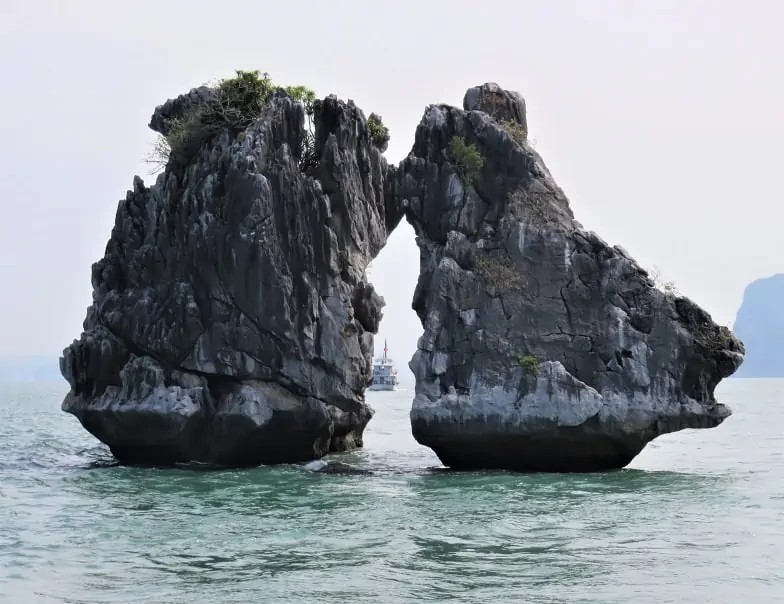
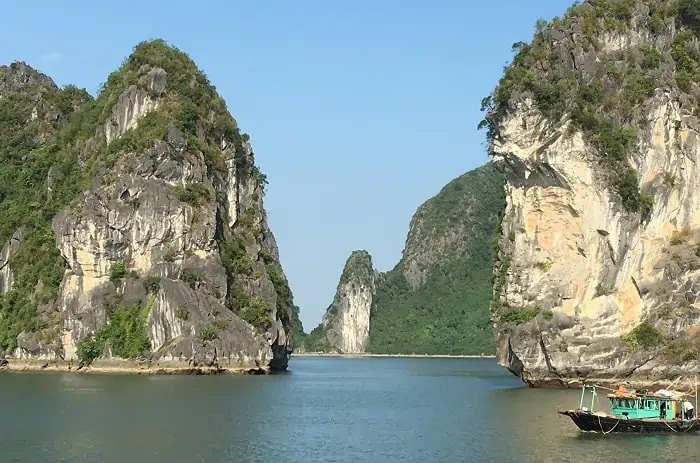
Halong Bay: Learning To Cross The Street
Alex meets us at the dock where the tender from our ship landed. It is a short walk to the docks where our “Junk” will take us on the Bay for a day-long cruise. The first thing Alex teaches us is how to cross the street in Vietnam.
To Westerners, the traffic in Asia looks crazy! No one ever truly stops, and signaling seems non-existent. Mopeds, motorcycles, cars, and bicycles crowd the streets along with people and animals.
“Just start walking,” Alex calmly tells us. “Do not speed up or slow down, and most importantly, do not change direction once you start.”
The drivers of all the vehicles swirling around are continually gauging the distance between them and you and where you will be next. Drivers adjust their speed and direction based on all those around them.
As long as you move at a constant speed in the same general direction, the drivers will go around you. Crossing a street this way is an act of faith, but it works.
Halong Bay Cruise: Junk Boat Tour
Alex arranged an all-day cruise of Halong Bay with a traditional lunch served by the crew onboard the boat for our first day’s tour. As you cruise the Bay on your classic “Junk” boat, you stop along the way to tour the impressive caves. We make three stops, each a different experience.
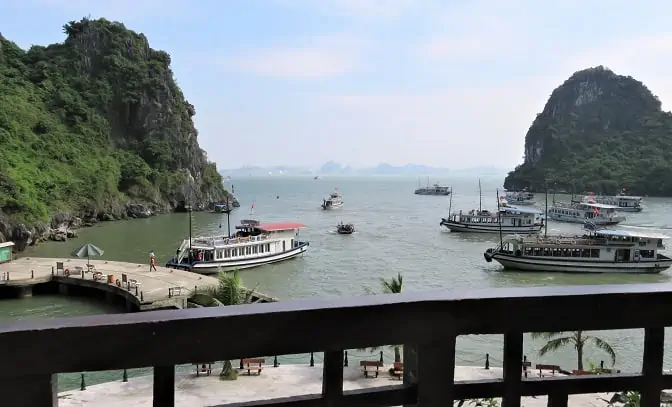
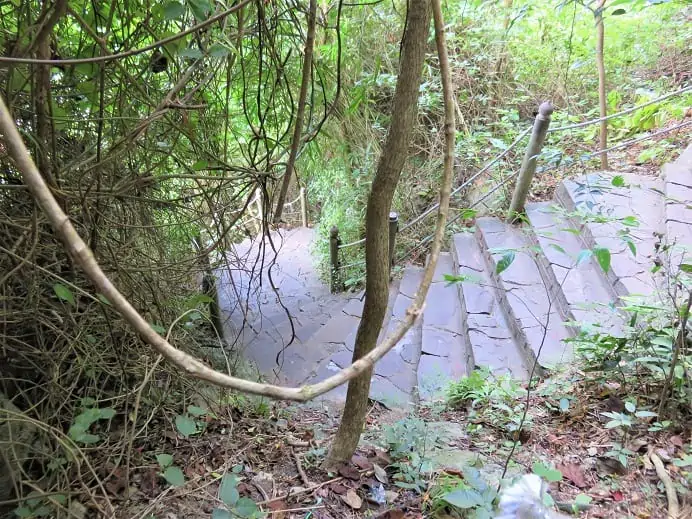
Visiting the caves is physical; there is no easy way around it. Many steps lead up to the entrance, down into the cave, and then up again to exit.
These cave sites are not set up the way we do parks in the US. There is no disabled access (none that I saw). Inside the caves, the walkways are wet and sometimes quite slippery; there are few handrails.
You may want to use a pair of walking sticks to help with stability on these hikes. I carry these when traveling as they are lightweight and collapsible.
In November, when we visited, the average temperature was in the low 80’s, and the humidity was intense. These conditions may make you hesitant to visit the caves. But you will be missing out on a wonderful adventure if you don’t go here when you visit Vietnam.
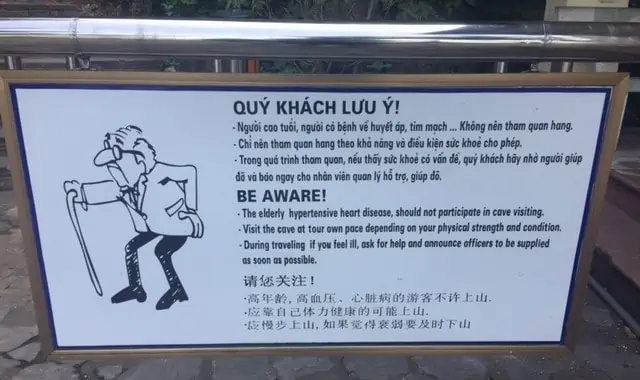
I use a Fitbit that keeps track of flights of stairs and clocked in 50 flights on this hike.
This activity level shows you why you might want to get in shape for travel. But the views inside the caves and the surrounding bay from the high peaks are worth the workout.
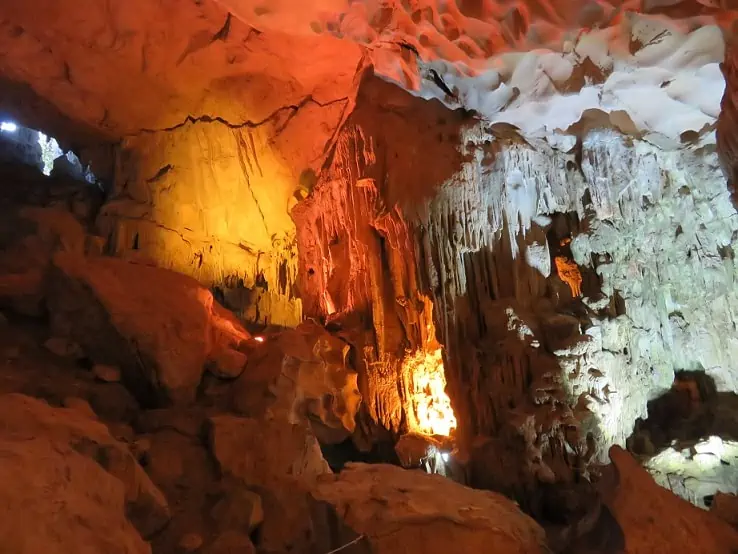
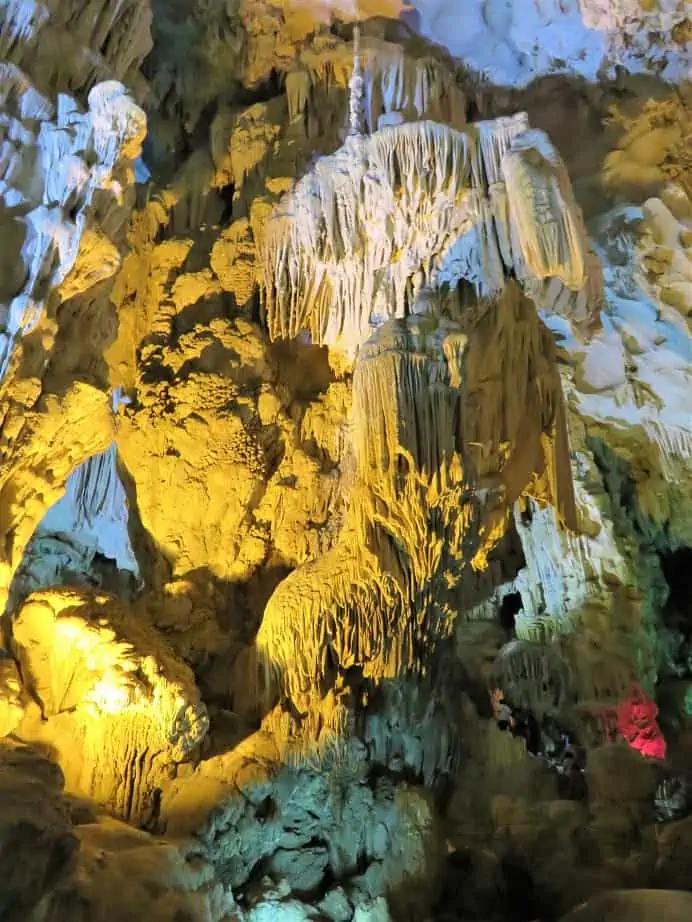
We finish the day slowly sailing the waters of Halong bay back to the harbor. I enjoy lounging on the boat’s top deck, enjoying the beautiful afternoon sunlight.
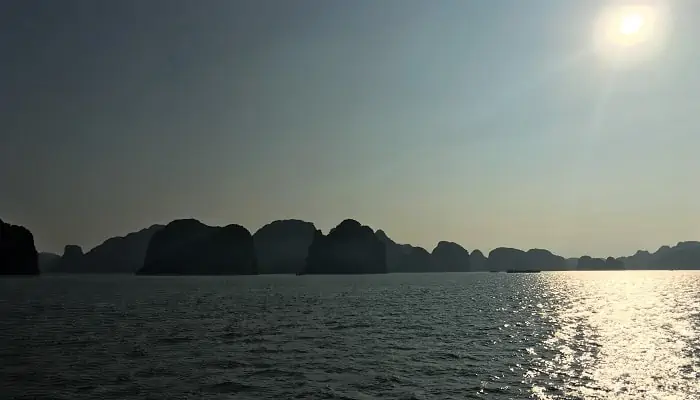
Halong Bay: Halong City
The following morning, Alex takes us into the city of Halong. We stopped for a traditional breakfast of Bun (vermicelli rice noodle soup) with barbecued pork and veggies. Then we participate in every Vietnamese’s favorite ritual, morning coffee and people-watching.
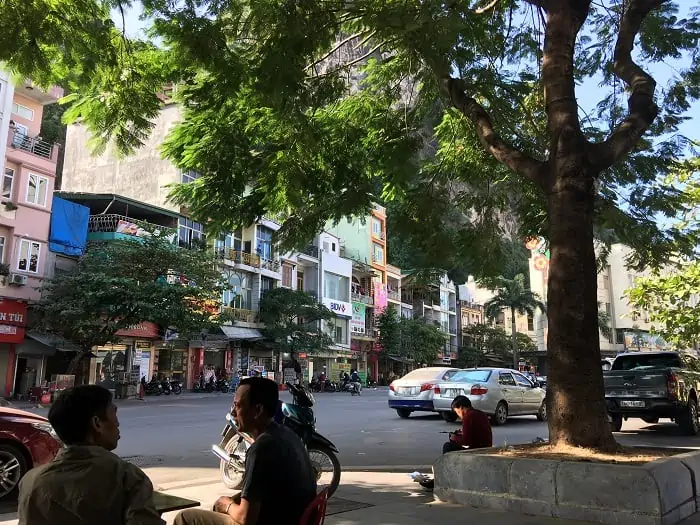
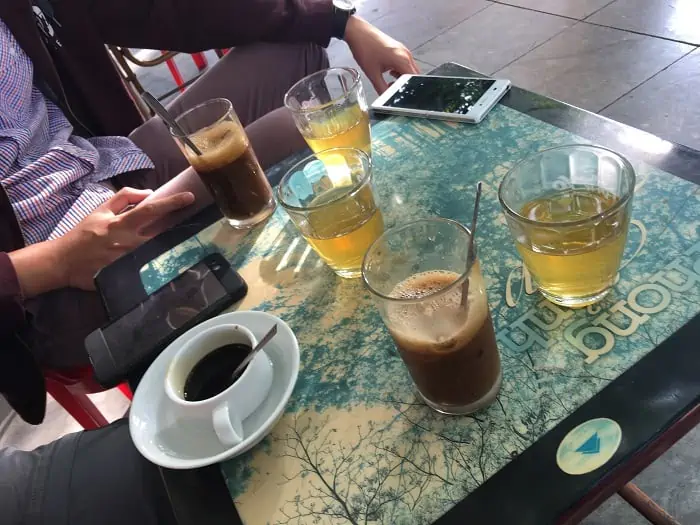
I love Vietnamese coffee, the slow drip coffee over sweetened condensed milk. Here coffee is served with a tea chaser!
After the requisite long coffee break, we head on to see a temple. Almost every Asian city has a temple of great importance. Here we visit the Long Tien Pagoda Temple.
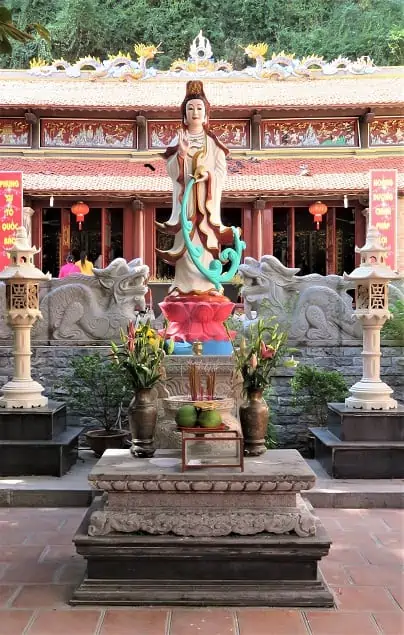
We finish up the morning and our visit to Halong at the Quang Ninh Museum, a newer museum with collections of both the natural history of the area and the people.
The museum is well-curated, and we enjoy learning about the history of this beautiful province nearly as much as the schoolchildren who visit enjoy being out of their classrooms.
1 Day In Port: Chan May – The Cruise Port For Da Nang Or Hue
(Part One – the Country Side)
It’s the day after Halong Bay, and we are up again at 6 am for our day in Hue (pronounced “way” for us English speakers). Again we have a private guide and driver who meet us after we disembark the ship.
By the way, it’s raining… always bring a poncho, sack jack, or umbrella. Thuan (Peter) Pham of Hue Private Excursions meets us with his driver, Mr. Binh, and away we go in a comfy late-model Toyota FourRunner.
The outskirts of Hue are agricultural, and fishing is big. Many water buffalo roam the fields and along the highways and byways.
We stop by a small fishing village on the roadside along the way. My husband notices several stands where what look like “stills” are on an open fire. He asks Peter what is being derived from the still.
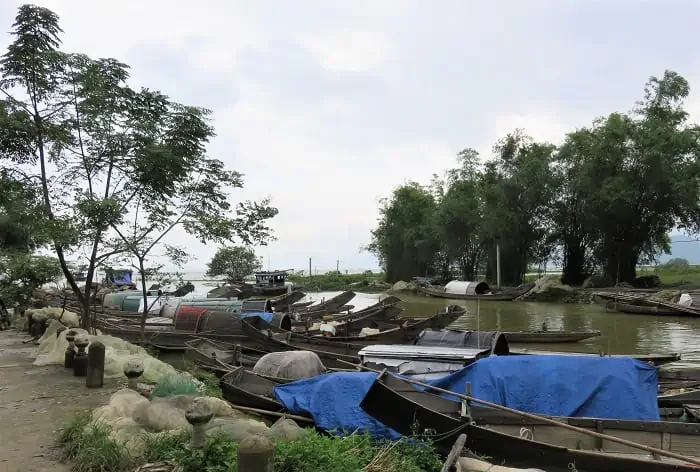
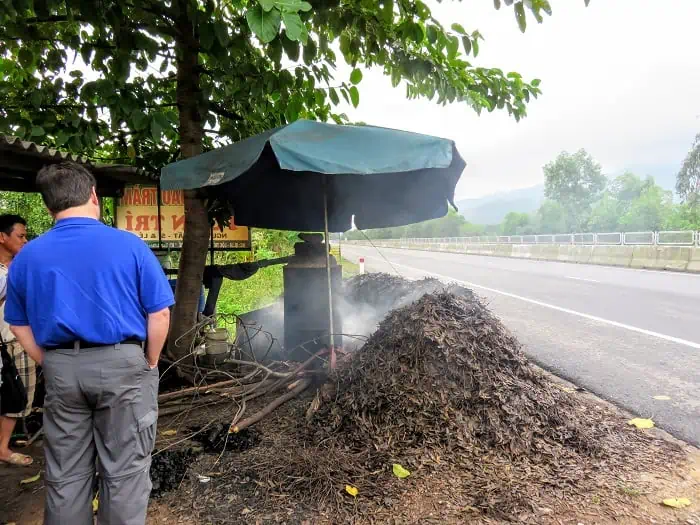
Peter explains that the farmers are refining Eucalyptus oil from the leaves of the Eucalyptus trees around the countryside. The oil is thought to have healing powers, and people rub the oil on achy joints and muscles. Additionally, it is used to keep away fleas and mosquitos.
We buy some of the oil, of course. Even though the bottle is wrapped in plastic and shoved in a resealable plastic bag, we can still smell the fragrant Eucalyptus scent.
Our next stop was the local market and farming village. The focus on freshness takes precedence in the market. Most produce is harvested and sold on the same day.
Fowl (chickens and ducks) are still alive while waiting to be someone’s dinner. Shoppers are very focused on the ingredients.
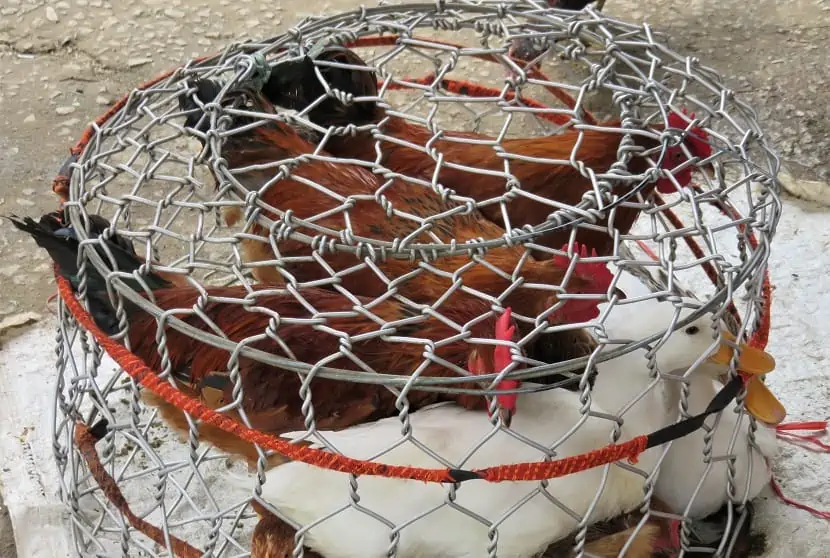
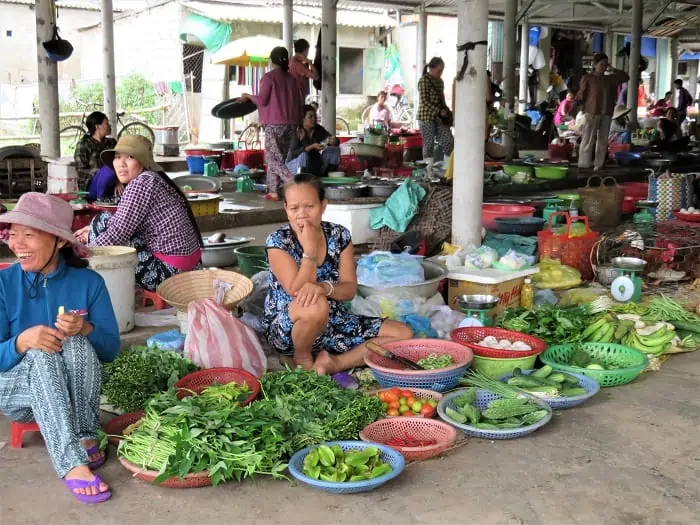
Hue Country Side – Farm Life, Arts & Crafts
In the village, there is a quaint museum that depicts farming life and, in particular, the rice harvest … Let’s say life wasn’t (and still isn’t) easy.
After walking around the small museum, our guide, Peter, introduces us to a very kind woman (70+ years old) who is a sort of docent at the museum. She shows us how the rice was farmed, husked, and milled back in the day.
As we head back to the car to continue our journey, we cross a bridge over a small water inlet. Peter points out that this bridge has been standing here since 1776.
Peter and his very patient driver, Mr. Binh, then take us to another village to meet one of the last woodblock painters in the area. The artist, Mr. Tranh Dan Gian Lang Sing, makes his paintings using the woodblocks he has carved.
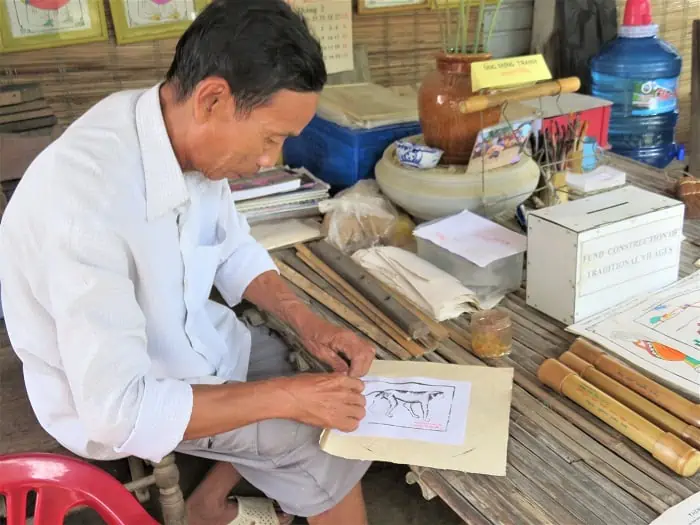

The State pays Mr. Sing to continue his art. In return, he takes time each week to work with students from grammar and secondary schools and from the university to train them in the art of woodblock painting.
After this brief tour of the countryside, we head into Hue proper…
Hue Part Two – The City And Its Must-See Attractions
The Citadel
Hue was the Imperial city of Vietnam from 1802 – 1945. You see the beauty of the people and the architecture all around. The Citadel was the Emperor’s home during this period. It was fashioned after the Forbidden City in Beijing, as was befitting. The Citadel is a must-see sight when you visit Vietnam.
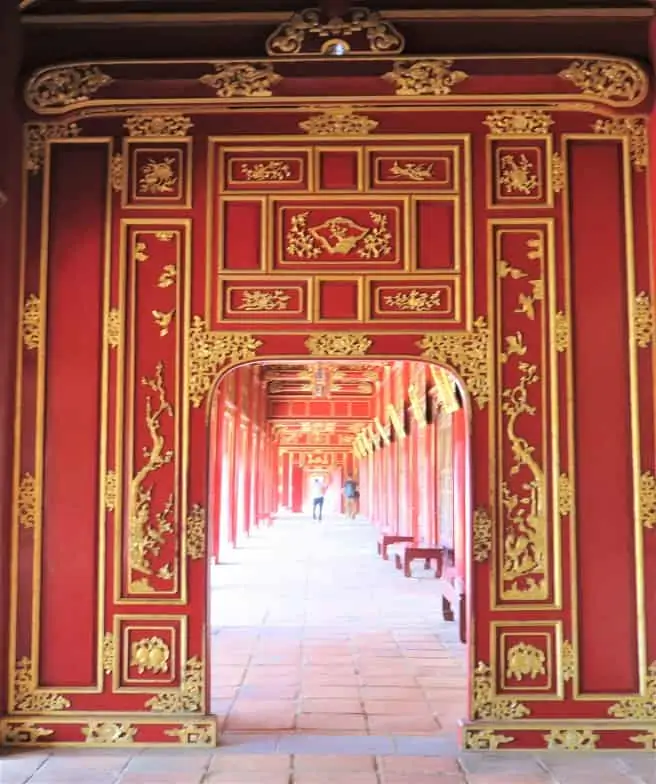
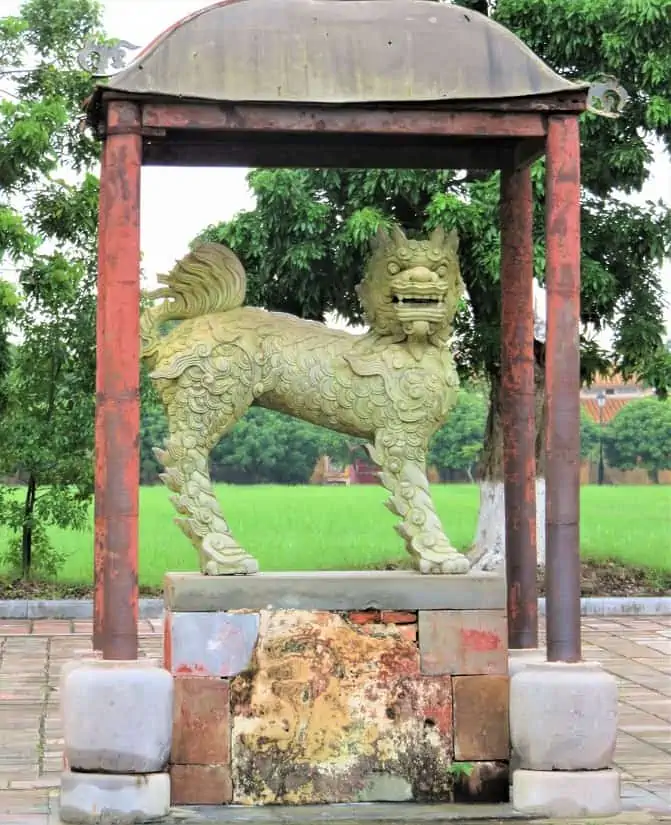
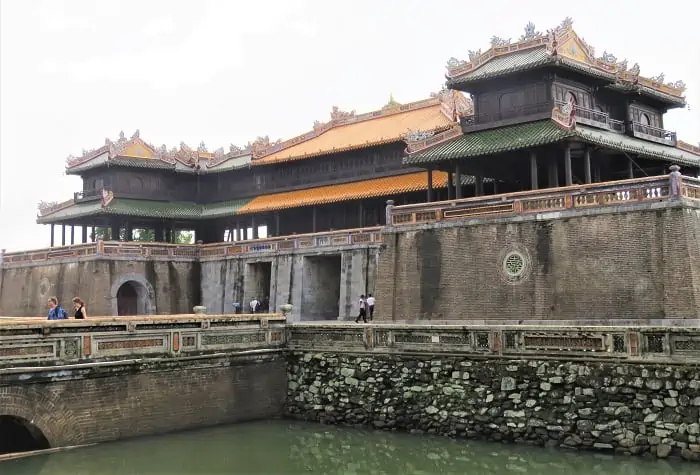
In the West, what we call the Vietnam War is what the Vietnamese call the American War. During the war, US Troops were ordered not to bomb or shell the City for fear of destroying the historic structures. However, these restrictions were lifted as casualties mounted, particularly during the Tet Offensive.
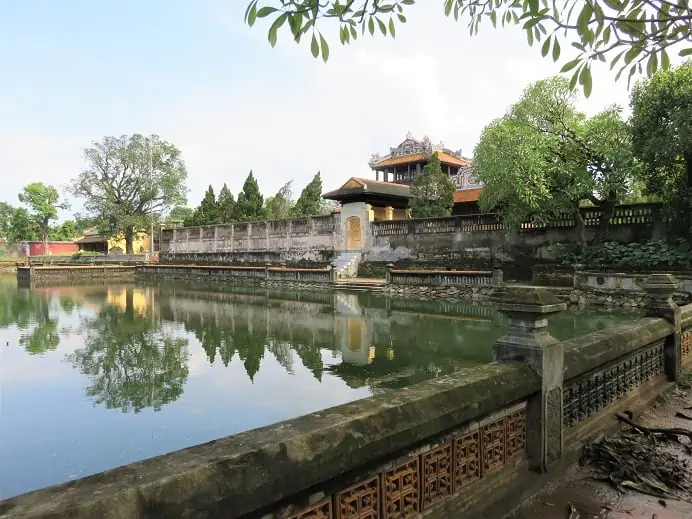
The fighting caused substantial damage to the city, nearly destroying the Citadel. Because of the damage caused by the war, much of the Citadel is still under restoration. Even in the current state of repair, you can spend hours wandering through the grounds and buildings.
Next, we head over to the south side of the Perfume River to tour the Thien Mu Pagoda. The building of this temple started as far back as 1601. The pagoda’s grounds are vast, with many facilities and gardens lovingly maintained by the resident monks.
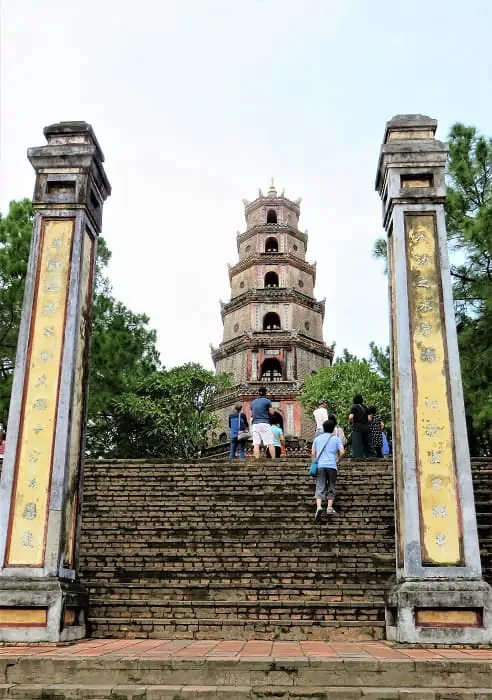
There is so much to see in each city and province in Vietnam that we are beginning to think we definitely need to come back. After finishing our Thien Mu tour, we take a slow boat up the Perfume River to see the City of Hue from the water.
Mr. Binh meets us with the car on the other side of the river, and we head back to the ship. We try to pack as much into a day in port as possible; having a great guide and driver makes it possible.
1 Day In Port: Ho Chi Minh City (Saigon), Vietnam
The last port on our visit to Vietnam cruise is Ho Chi Minh City, the largest city in the country. Here in southern Vietnam, the locals still prefer to call the city Saigon.
Again, we have a guide, Diem Kieu, from Charming Tourism, and a driver who picks us up at the port. The drive into Saigon is nearly two hours long. As we drive, Diem explains how the City has grown.
Saigon is a crazy, bustling, frenetic place. Everything is for sale here …and very fresh… even the brains. We asked to tour a local food market and soon arrived at one of the local open-air markets with our guide.
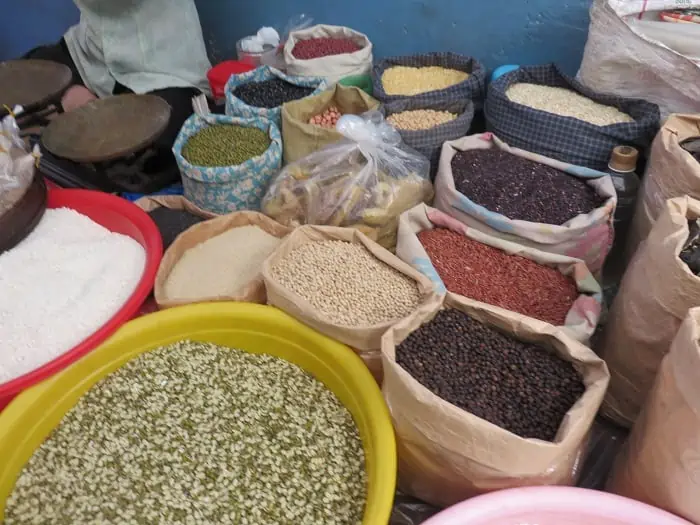
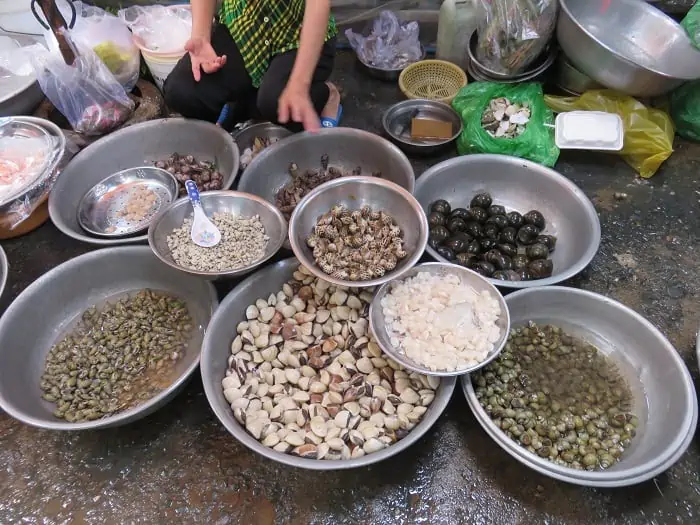

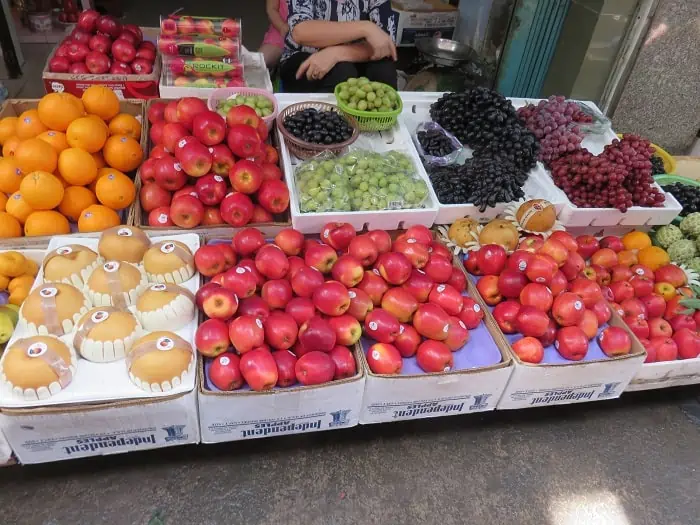
After walking through the market for about an hour, we arrived at a Buddhist temple. The main reason for the stop at the temple is for a chance to see the “Happy Room” a nice euphemism for a Western-style bathroom.
Ho Chi Minh City (Saigon) – Pedicab Ride
Once done in the “Happy Room,” we cross to a side street where each of us gets our own fancy pedicab for a whirlwind bicycle tour of the old town. You may recall I mentioned the traffic way back on our stop in Halong Bay. Traffic is even crazier in the center of Saigon if you can imagine.
Motorbikes are the most popular form of transit, providing an inexpensive and agile way to get around. The loads the locals can balance on their bikes are insane. These are among the most common sights on the road when you visit Vietnam.

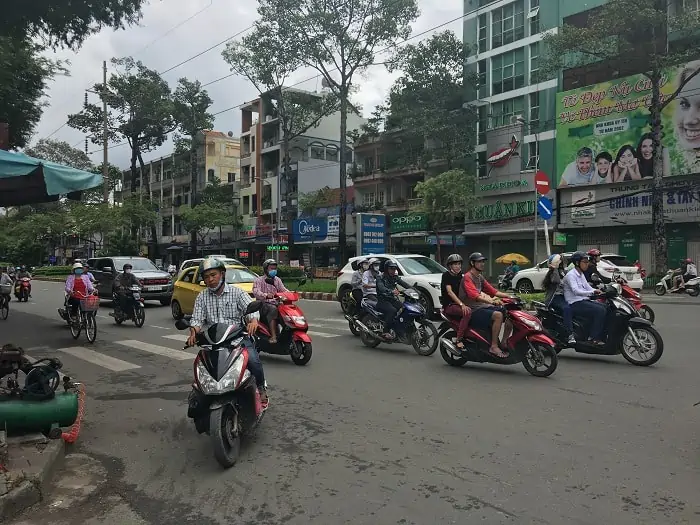
We are wooshed around the streets with nothing more than the wind to protect us. All the while, our guide, and her friend are on a motorbike trying to get as many photos of us as possible. This is a genuinely crazy parade.
Being from the San Francisco Bay Area, we are very familiar with Asian food, and I love Vietnamese. So I was happy when we finally made a stop for lunch in a local shop in the downtown area.
An Afternoon Driving Tour Of Ho Chi Minh City (Saigon)
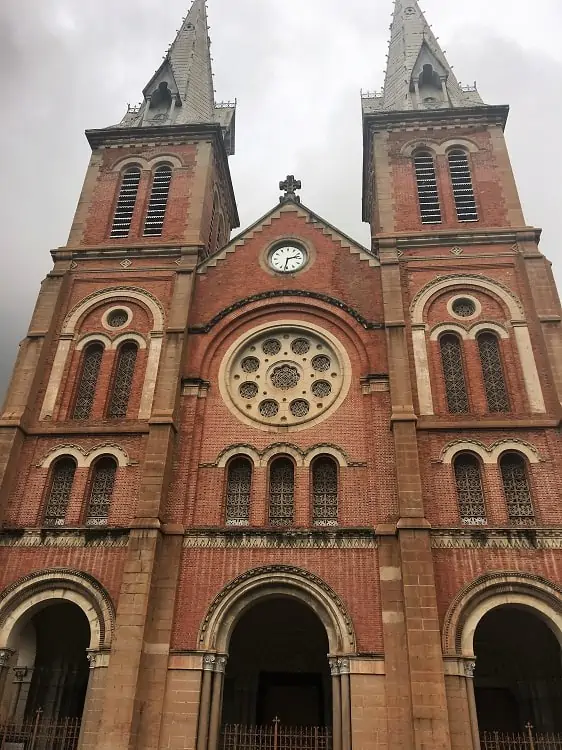
The afternoon is spent tooling around the city, looking at the old and new architecture. We stop at the Saigon Central Post Office. This beautiful building is a classic example of the colonization of Vietnam. The post office, constructed between 1886 and 1891, has Gothic, Renaissance, and French colonial design elements.
One of the notable buildings we see is the Notre Dame Cathedral Basilica of Saigon, constructed in the late 1800s when Vietnam was part of French Indochina. The architect Jules Bourard’s plan for the church was to mirror the Famous Notre Dame de Paris form in the French Gothic and Romanesque styles.
Both the Basilica and the Post Office are great examples of French influence on that era’s architecture, so evident when you visit Vietnam.
The US Embassy* (now the US Consulate-General as the formal US Embassy is in Hanoi) is located just a few short blocks away from these iconic buildings. Of course, this building has a storied history.
* Information on the Fall of Saigon and the US Embassy, taken from Wikipedia
Most Americans remember this site from the many newscasts in the spring of 1975 as Saigon fell to the North Vietnamese.
Starting on April 28, 1975, and continuing for more than 48 hours, there were ongoing helicopter evacuations of American citizens (978) and South Vietnamese and third-country nationals (1,120) from the compound. More than 682 sorties were flown throughout the area during this time.
Visit Vietnam On A Cruise Wrap-Up
This cruise tour of Vietnam was an excellent introduction to the country. Due in no small part to the assistance and knowledge of the local guides, we were pleased to meet in each city. A guided tour with local people gave us a good overview of the places we visited.
The Vietnamese people are warm and friendly. When you visit Vietnam, you see a country full of young, eager, hardworking people who love their home and want to show it to the world.
While the drives from the ports to Hue and Ho Chi Minh City (Saigon) are long, this gave us time to learn from our guides about their lives and families.
FAQ’s
Do You Need A Visa To Visit Vietnam On A Cruise?
If you are from the United States, you need a visa to visit Vietnam on a cruise trip. Obtaining the visa is your responsibility. The cruise operator will not do this for you.
As always, for US citizens, I recommend viewing country information on the State Department website before you travel.
Generally, you must request a visa for countries requiring them before your trip. This is the case for Vietnam. You can get specific information from the Embassy of Vietnam’s website.
You can get a single entry visa using the E-Visa Application. However, if you need a multiple-entry visa, you must apply through one of Vietnam’s consulates in your home country.
What Is The Travel Time From The Cruise Ship To The Cities
When you visit Vietnam on a cruise, you must consider that the ports are far from the Cities. There is a one-hour drive in Hue from the cruise port to the city, and Ho Chi Minh City is closer to two hours each way.
When we docked in Ha Long Bay, we chose to stay in Halong rather than endure the three-plus-hour-long, one-way bus ride into Hanoi. Even though our ship overnighted here to accommodate this long travel time. We heard that a bus broke down on the way to Hanoi. The cruise passengers were disappointed that they didn’t have much time to spend in the city.
You need to be aware of these travel times as, depending on your choices, it will affect what you see.
